Safety Instrument loop in a plant operate in two modes:
De-energize to safe loop, also known as fail safe system means that during plant normal condition, there will be electrical current flows through the instrument loop. When trip/shutdown is required, then loop will be de-energized.
De-energize to safe loop
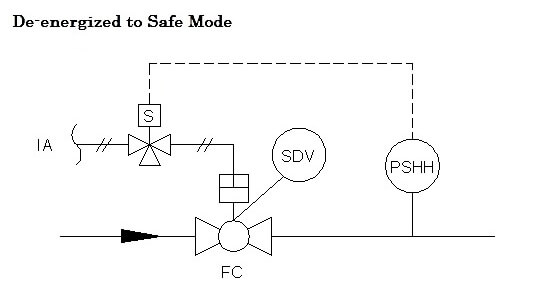
See illustration on above picture of a simple unit consisting Pressure Switch High High and SDV. During plant normal condition the pressure switch contact is closed (pressure is lower than HiHi setting) and enables current flow within the loop.
Likewise, the solenoid of SDV is energized by electrical power to allow air supply stroking the SDV and then forcing it in open position.
As long as the control/safety system receiving current signal of pressure switch loop, plant is considered as normal. If the pressure increases and reaches HiHi (High High setpoint) setting, pressure switch will activate and contact changes from close to open and there will be no current flows, hence alarming plant control system.
The predetermined executive action shall then be taken to put system in safe condition i.e. de-energize the SDV’s solenoid to make the main valve close.
The reason de-energized to safe mode to be implemented in such system is to make it in safer state (in above case by closing the main valve) when either one of the following conditions occurs:
- Unintended instrument cable disconnection (either pressure switch or solenoid valve)
- Electrical black out
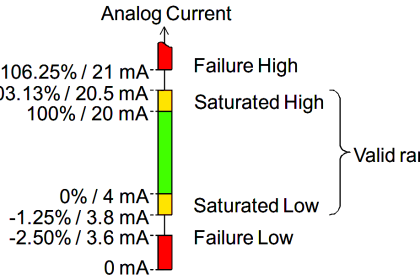
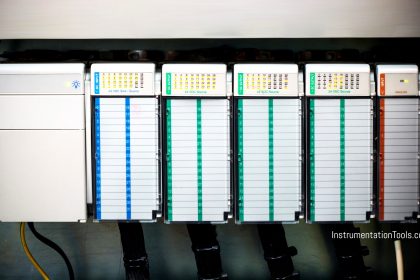
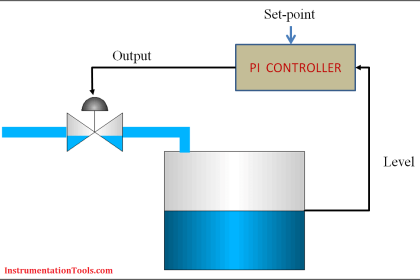
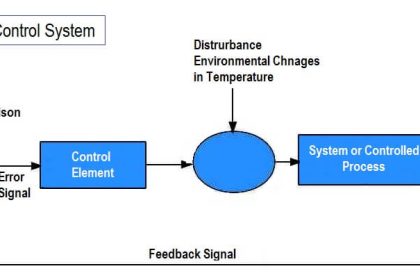
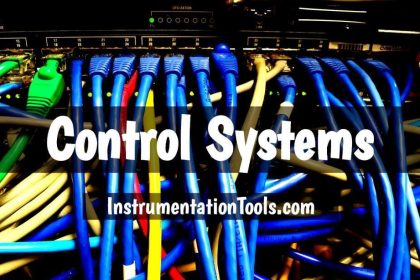
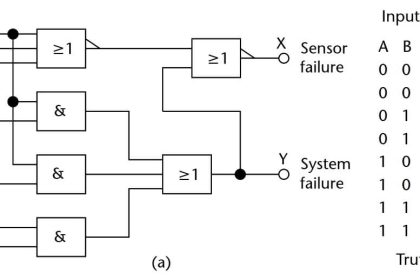
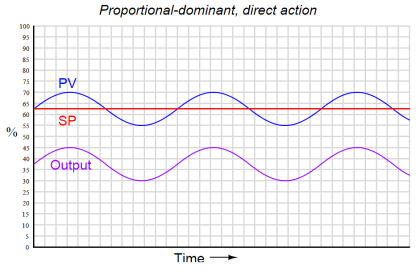
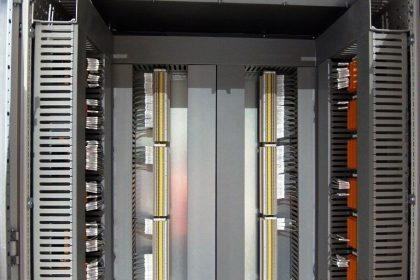
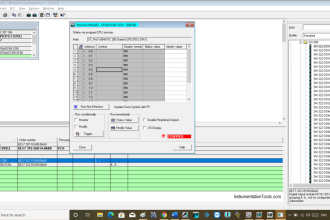
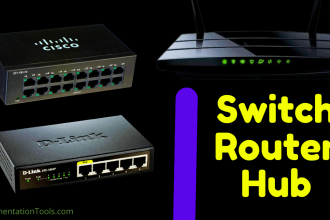
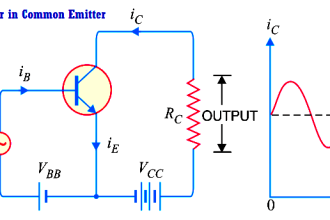

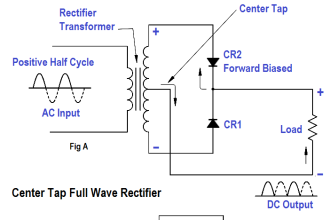
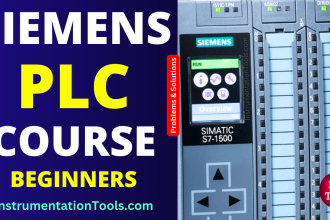



Hi Sir, Thank You for the explanation.